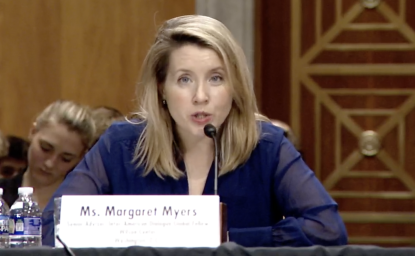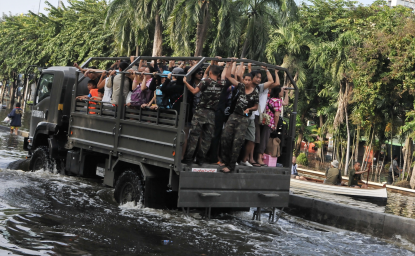Pakistan, arguably the world's most volatile nation, is constantly on the minds—and in the tortured dreams—of Washington's policymakers who are gripped by fears of radical Islamist takeovers and loose nukes. They obsess much less about Pakistan's demographics. Yet this could soon change.
Pakistan's 175-million-strong population is projected to rise to about 275 million by 2050, and nearly 380 million if fertility rates remain constant. As a percentage of the total population, only Yemen has more people under the age of 24. This age bracket will remain a majority into 2030.
Demographers often gush about the "dividend" that can result from large, young populations: If these people are properly educated and successfully absorbed into the labor force, nations can enjoy economic growth and social well-being.
Such thoughts are tantalizing in impoverished Pakistan. With the attainment of a demographic dividend, the key textile and construction industries would receive much-needed infusions of labor, as would the fledgling pharmaceuticals and IT sectors. And Pakistan's massive mineral reserves—valued at several hundred million dollars—could finally be exploited.
Unfortunately, the odds of pulling this off are overwhelming. The education system is in a shambles, with only 30 million of Pakistan's 70 million 5-to-19-year-olds in school. Top government officials admit that to employ Pakistan's 80-90 million people under the age of 20, the nation would require 9 percent GDP growth at a time when it barely cracks 2 percent. And then there is the pesky problem of instability. Defense and security imperatives, and expenditures, consistently trump those of education and development.
Hence the emergence of new doomsday scenarios: Widespread natural resource scarcities, in a nation already water- and energy-short (with 334 people projected to occupy every square kilometer by 2030). Teeming cities overflowing with the homeless and hungry (with at least 50 percent of the nation expected to be urban by the 2020s). And, most ominous of all, droves of impoverished, unemployed young people succumbing to extremism (in a country already rife with militancy).
With strong leadership, resolute political will, and wise economic policies, such scenarios can be averted. Otherwise, yet another Pakistan nightmare will soon have Washington twisting and turning anew.




